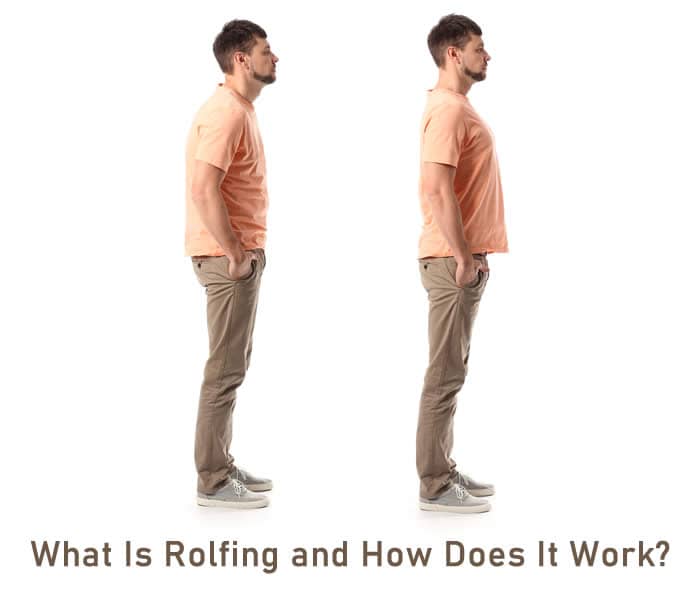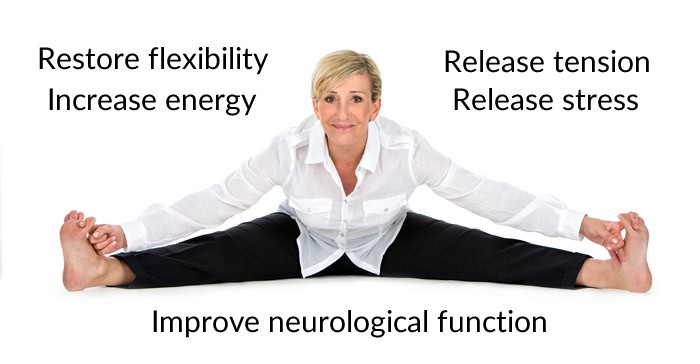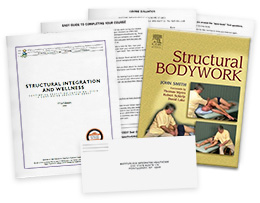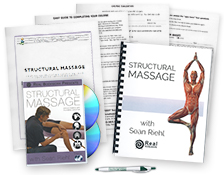

New techniques are constantly being developed to help people improve their health and wellness. Staying up on these innovations can help you decide which ones to try. One that has been used by an estimated one million plus people across 38 countries is Rolfing Structural Integration. (1)
What Is Rolfing?
Rolfing is a bodywork technique used to reorganize the body’s connective tissue, also known as fascia. It was developed by Dr. Ida P. Rolf and is intended to help improve a person’s posture, thereby leading to healthier (and more pain-free) physical movement. (1)
Fascia is the thin tissue that holds everything in place inside our bodies. It keeps our organs, muscles, and bones where they belong, also surrounding and supporting our blood vessels and nerve fibers. While this is good from a structural standpoint, when we are stressed, our fascia tightens. This can lead to pain and reduced range of motion. (2)
5 Principles of Intervention
Rolfing adheres to five principles that guide practitioners through its approach.
These Principles of Intervention involve the concepts of: (3)
- Wholism. Rolfing operates under the notion that if you touch one place on the body, you can access the body as a whole. If a practitioner is working on a problem joint, for instance, they can also simultaneously work on joints a couple of connections away.
- Palintonus. This principle involves the tension that exists within the body (and its fascia) that helps keep us upright, of which gravity plays a large role.
- Adaptability. The principle of adaptability refers to preparing clients for intervention in a way that their bodies receive the approach, restoring it to its natural postural form.
- Support. The basis of this principle is that you must organize (or resolve issues in) the legs first, before organizing the upper body.
- Closure. This Rolfing principle is centered on the notion that intervention does not stop when the session stops. Instead, it is a process that leads to positive changes over time.
How Rolfing Works
Rolfing seeks to improve whole-body function by focusing on individual areas over 10 sessions, known as the Rolfing Ten Series. Each session is roughly one hour in length.
The focus of the individual sessions are: (4)
- Session 1 – breathing
- Session 2 – posture
- Session 3 – spinal elongation
- Session 4 – stability of the legs
- Session 5 – balance the trunk with the legs
- Session 6 – improve trunk mobility with pelvis and lower extremity stabilization
- Session 7 – balance of cranial movement rhythm
- Session 8 – lower body integration
- Session 9 – upper body integration
- Session 10 – correct structure levels bilaterally
Different types of bodywork are conducted in each session. For example, in session one, myofascial release is applied to the head, neck, shoulders, ribs, and trunk, and the hips and legs are mobilized to align horizontally. In session nine, work is done on the extremities and pelvic girdle.
Is Rolfing Different from Massage?
Yes. Both approaches are forms of bodywork, but they also have differences. For instance, Rolfing is focused on the whole body and its interconnectedness whereas massage therapy generally involves concentrating only on the problem area. (3) Additionally, massage therapy doesn’t involve 10 sessions, each with a precise focus. Techniques and areas of focus are more fluid and can change over time.
Benefits of Rolfing
Research indicates that Rolfing can help improve range of motion. In a study involving 383 subjects, it was noted that shoulder and hip active range of motion improved significantly after completing a Rolfing 10-session sequence. (5)
Other studies report that Rolfing therapy helped reduce the level of pain experienced by people with myofascial pain syndrome, even after just one session. (6) It also appears to reduce other types of pain as well, such as that which occurs with fibromyalgia (7) and chronic low back pain. (8)
The Dr. Ida Rolf Institute adds that Rolfing can help: (1)

- Restore flexibility
- Increase energy
- Release tension
- Reduce stress
- Improve neurological function
Is Rolfing Okay for Everyone?
The Dr. Ida Rolf Institute states that Rolfing is suitable for anyone, even infants and children. (4) They share that it is good a preventative measure while also resolving disorders and structural compensations that all bodies develop over time. That said, it’s always advised to consult with your healthcare provider to learn whether Rolfing, or any other therapeutic intervention you want to try, is safe for you.














